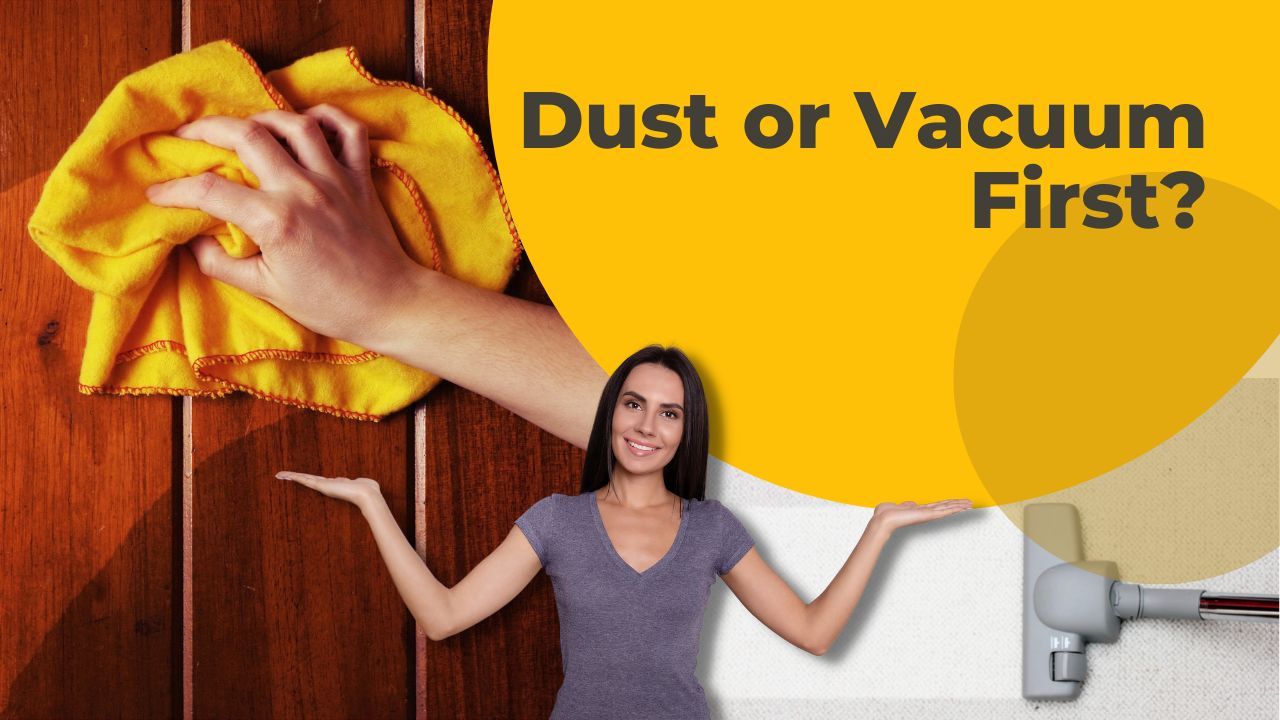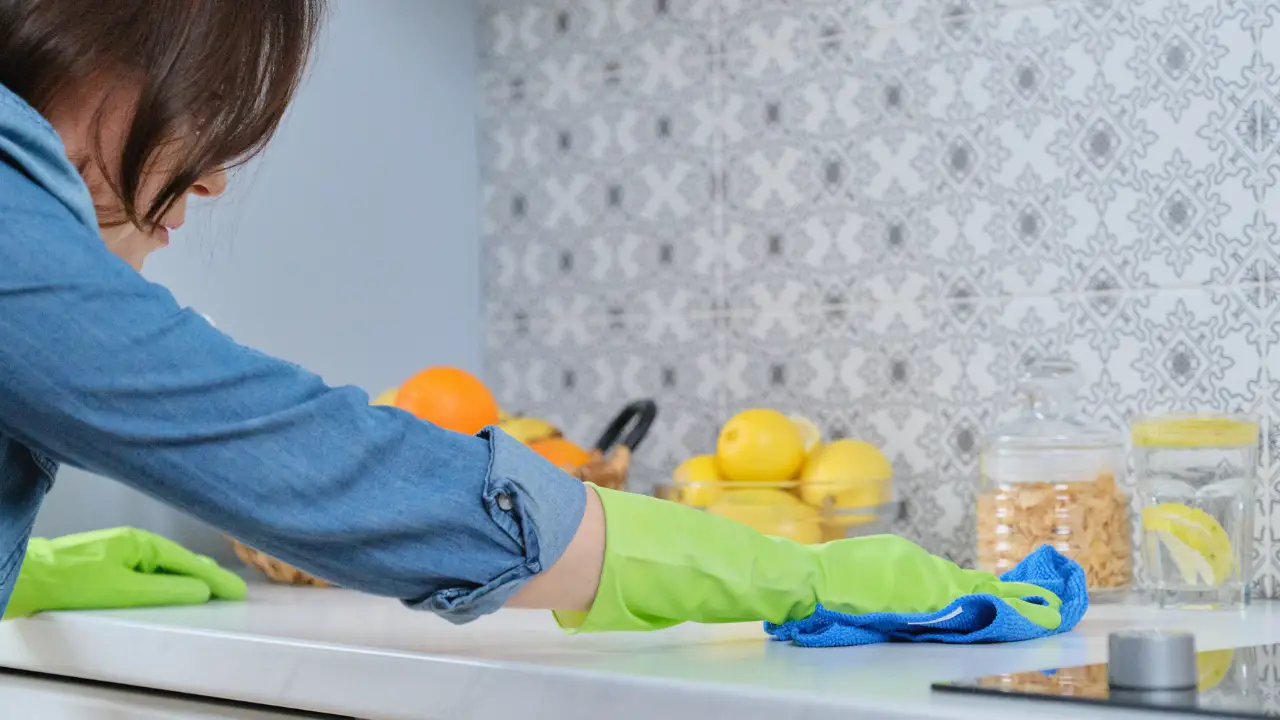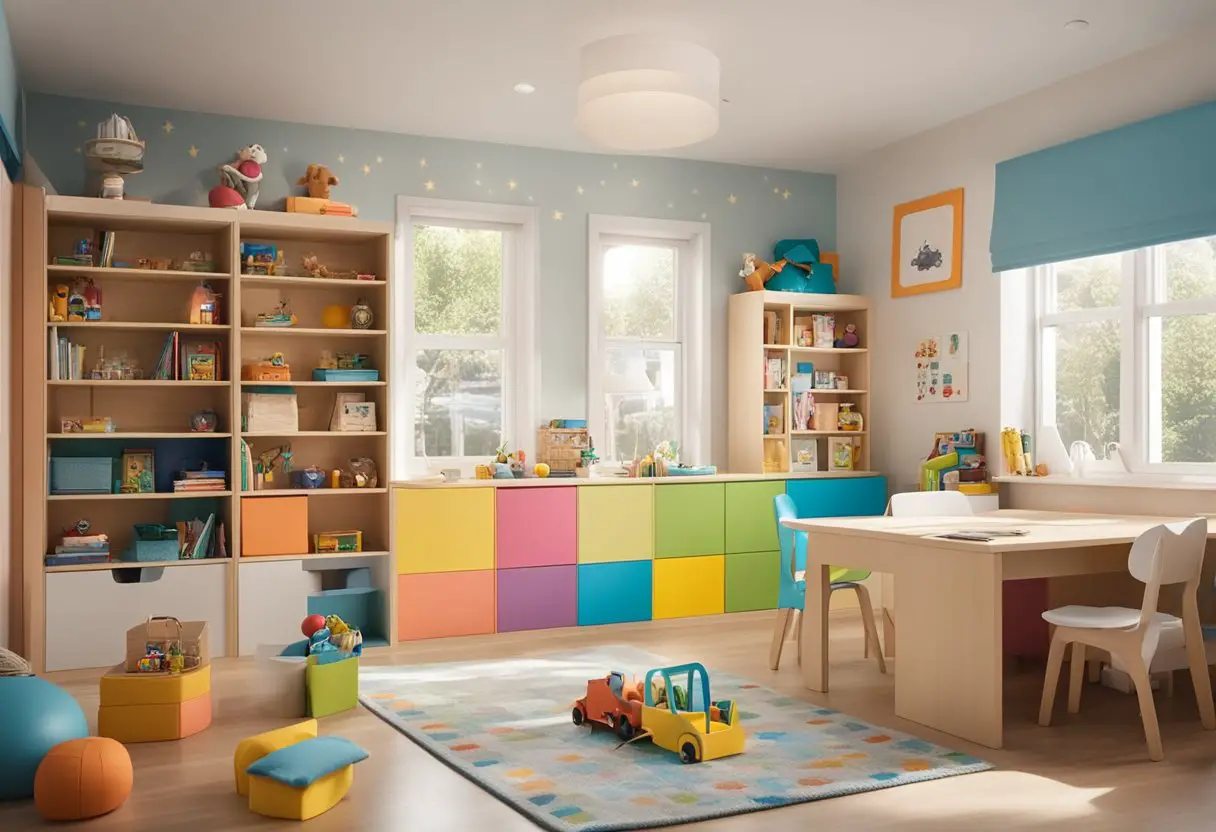In the grand scheme of unanswered questions, pondering the chicken-egg debate or the true color of zebras may pique our curiosity. However, there is one query that has surprisingly eluded my concern in the past: should I dust or vacuum first?
Dusting should precede vacuuming, as this allows you to capture and eliminate the majority of dust particles before they become airborne.
Table of Contents
Throughout the years, I have embraced a flexible approach, alternating between dusting and vacuuming as the mood strikes me. Perhaps my adventurous nature thrives on such unconventional choices. I confess, I have been known to start the washing machine without adding detergent, and the act of folding fitted sheets has often eluded me. Does anyone truly fold them anyway?
However, an unexpected encounter prompted a realization that I may have been approaching my cleaning routine in the wrong order. Witnessing a discreet guest running her finger along my coffee table and reacting with a disapproving glance served as a wake-up call.
Since that moment, I vowed to spare myself from such embarrassing situations by adopting a new cleaning protocol: if a dust-free haven is the goal, dusting should always precede the hum of the vacuum cleaner.
The Trouble With Dust Is …?
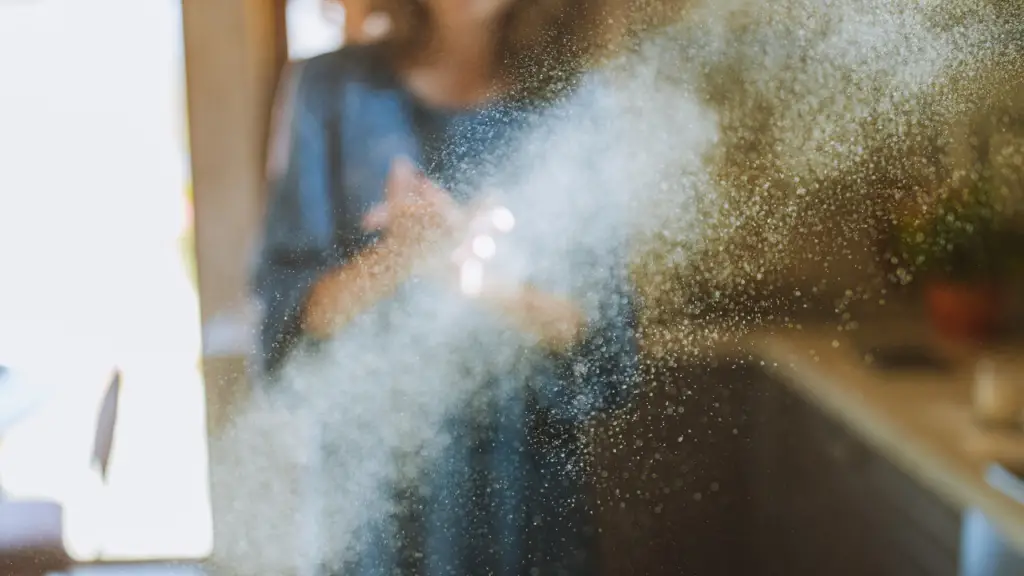
There have been countless instances in the past where I diligently vacuumed the entire house, only to find that dust seemed to multiply after I followed it up with a round of dusting. It became so frustrating that I even invested in an expensive, high-end vacuum cleaner, believing it was the source of the problem. Little did I realize, the fault lay with my cleaning techniques – or lack thereof.
If you come across a substantial dusty area in your home, whether it’s a windowsill, table, or any surface prone to accumulation, take a moment to inscribe these words with your finger: hay fever, asthma attack, irritated eyes, and sneezing. Commit these phrases to memory and understand that they represent some of the health effects caused by dust. It now becomes clear why I perpetually sneezed my way through the dusting process after vacuuming first.
By vacuuming before dusting, you inadvertently scatter a significant amount of dust particles into the air as you clean surfaces. These particles eventually settle on your floors, beds, and couches, making it difficult to eliminate them unless you repeat the vacuuming process after dusting. This repetition is not only time-consuming but also unnecessary and inefficient.
To achieve a more effective cleaning routine, it’s advisable to reverse the order. Dusting should precede vacuuming, as this allows you to capture and eliminate the majority of dust particles before they become airborne. By adopting this approach, you can achieve a more thorough and efficient cleaning process, saving both time and effort.
Effects of Dust:
- Hay fever
- Asthma attacks
- Irritated eyes
- Sneezing
The Art of Dusting
Now that we’ve settled the dusting versus vacuuming debate, let’s explore the proper techniques to clean your house, ensuring you can bid farewell to sneezing fits and watery eyes whenever you unleash the vacuum cleaner.
To make the dusting process more enjoyable, consider playing some music because, let’s admit it, dusting isn’t the most thrilling task. Not every nook and cranny requires daily dusting. Some areas, like hard-to-reach spots behind heavy furniture or kitchen blinds and extractor fan blades, only need attention every few months. Focus on the exposed areas like floors, tabletops, and windowsills, which might require dusting every couple of weeks, depending on the dust levels in your home.
To avoid forgetting about the less frequent dusting tasks, mark them on a calendar. Dust tends to accumulate in these areas, making it more challenging to clean when you finally get around to it.
Just as you wouldn’t serve your homemade vegetable soup with a dusty old fork, the same principle applies to dusting. Opt for a microfiber duster, as it outperforms cotton by eliminating up to 99% of bacteria compared to a mere 30% with cotton. Microfiber is not only effective at capturing microbes, but it’s also functional, economical, and long-lasting—a worthy investment in your battle against dust.
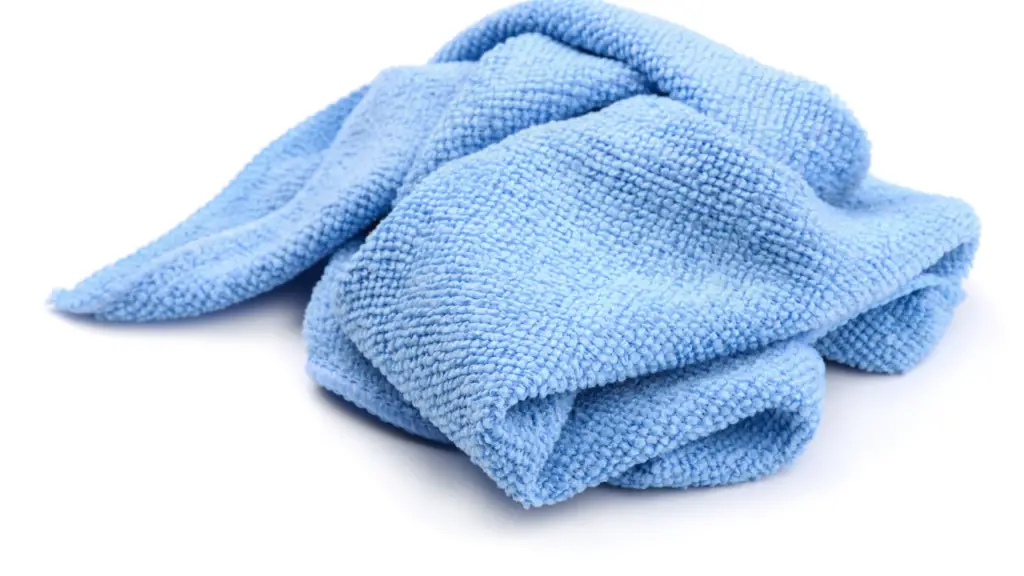
Lastly, remember the golden rule – start from the top. Dust settles downward, so beginning at the bottom will only result in particles landing on surfaces you’ve already cleaned. By starting at the highest points and working your way down, you’ll achieve a more thorough and efficient cleaning process.
So, put on your favorite tunes, grab your trusty microfiber duster, and conquer the world of dusting with finesse. Your allergy – free and immaculate home awaits.
Areas that Require Dusting:
- Windowsills
- Tables
- Floors
- Tabletops
- Hard-to-reach spots behind heavy furniture
- Kitchen blinds
- Extractor fan blades
The Art of Vacuuming

Most modern vacuum cleaners are equipped with internal filters and, in some cases, bags. It’s crucial to keep the filter clean, as a dirty filter can significantly diminish the suction power of your vacuum. Consult your model’s manual for specific instructions on how to clean the filter effectively.
Before you begin vacuuming, always check the nozzle or end of your vacuum for potential blockages like pet hair or small objects. These obstructions can hinder your cleaning efforts by preventing the vacuum cleaner from effectively picking up dust. If pet hair is a recurring challenge, investing in a pet-friendly vacuum cleaner may be a wise choice.
Avoid vacuuming haphazardly. Randomly moving your vacuum around will likely result in missed areas of dust. Instead, approach your vacuuming task with a methodical mindset. Imagine yourself mowing the lawn in neat, organized patterns to achieve those satisfyingly striped sections of grass. Applying this concept to vacuuming will ensure you cover all areas and leave your home thoroughly clean.
By maintaining a clean filter, checking for blockages, and adopting an organized approach, you can make the most out of your vacuuming sessions and enjoy a dust – free and pristine living space.
Tips for Efficient Vacuuming:
- Keep the filter clean
- Check for potential blockages
- Use an organized approach
- Consider pet-friendly vacuum cleaners for dealing with pet hair
Conclusion
For a comprehensive and dust – free cleaning of your house, remember to prioritize dusting before vacuuming. Additionally, opt for a microfiber duster instead of a cotton one to effectively eliminate 99% of bacteria. By following these simple steps, you can achieve a truly pristine and healthy living environment.
Cleaning Schedule:
- Daily dusting for exposed areas
- Dusting hard-to-reach spots every few months
- Marking less frequent dusting tasks on a calendar

